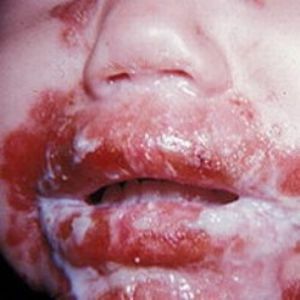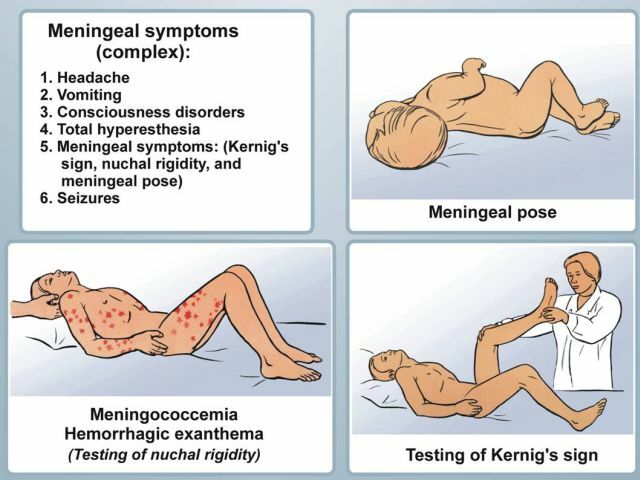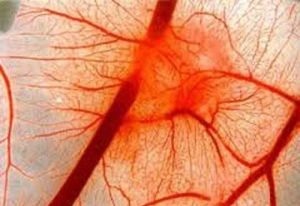 Ganglionitis occurs when one or more sympathetic nodes are affected as a result of infectious diseases such as herpes zoster, tonsillitis, influenza, malaria and some others.
Ganglionitis occurs when one or more sympathetic nodes are affected as a result of infectious diseases such as herpes zoster, tonsillitis, influenza, malaria and some others.
The disease is also often caused by toxic poisoning or trauma.
Contents
- Variety
- Hereditary
- Ganglionitis of the stellate
- Gasser's node defeat
- Inflammation of the pterygoid node
- Neuralgia Ramsey-Hunt
- Causes and risk factors
- Diagnosis and symptoms
- What is the treatment for the disease?
- Additional methods
- Possible complications
- How to prevent the development of the disease?
Varieties of the disease
There are several types of diseases that differ in both symptomatology and treatment methods. In order to properly treat the disease, it is necessary to correctly diagnose its variety.
Herpetic
Herpetic ganglionitis is externally manifested by the formation of rashes in the form of small blisters on the skin.
Such painful eruptions appear directly on the skin areas along the corresponding nerve nodes.
This type of disease is also characterized by painful sensations in the zone of the spinous processes of the vertebrae with pressure( spinous processes are the same "bones" on the back).
Due to the defeat of sympathetic nodules, the work of some internal organs is disrupted, and outwardly lesions are distinguished by a change in skin color, and sometimes ulcers can be observed in these areas.
The danger is also in the fact that the patient's reflexes worsen, joints lose their mobility, and if the disease affects the upper cervical sympathetic node - all the symptoms and pathologies are transmitted to the face and neck.
Ganglionitis of the stellate node
It spreads in the upper limbs and in the upper thorax.
This kind of disease is accompanied by a false angina pectoris syndrome( pain in the chest).
The defeat of the Gasser node
Unlike other common pathologies, the Gasser node ganglionitis proceeds much more complexly and in most cases occurs as a result of the suppression of immunity that occurs with age.
Eruptions and pains appear in the innervation zone of the first branch of the trigeminal nerve, while the patient may exhibit photophobia and often there is a risk of inflammation of the cornea( keratitis).
Inflammation of the pterygoid ganglion
The cause of ganglionitis of the pterygoid node is inflammation of the main and maxillary sinuses.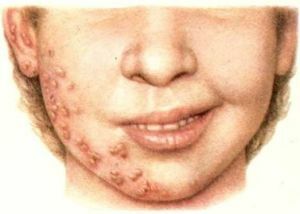
The main symptoms of ganglionitis in this case are acute pain in the eye area and pain directly in the eyeballs.
Also, pain sensations almost always appear in the upper jaw and root of the nose, sometimes the pain can go to the lower jaw.
In advanced cases, the painful hearth spreads further, up to the neck and arms.
Neuralgia Ramsey-Hunt
This disease is characterized by eruptions of a herpetic character in the ear, with sensory pains in the ear canal of the affected side, in rare cases this form of the disease is accompanied by dizziness.
Causes and risk factors
Doctors distinguish several main causes of the disease:
- acute infectious diseases( including various types of typhoid, pleurisy, dysentery and others);
- metabolic disorders( eg - liver disease or diabetes);
- intoxication;
- tumors and neoplasms.
In some cases, the disease can be a consequence of inflammatory diseases of the genital organs in women, and representatives of both sexes suffering from spinal osteochondrosis also fall into the risk group.
Diagnosis and symptoms
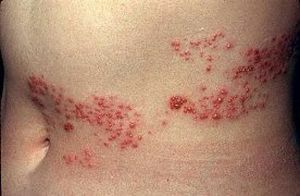 To provide an accurate diagnosis, it is possible only on the basis of clinical data, and diagnosis in some cases can be very difficult.
To provide an accurate diagnosis, it is possible only on the basis of clinical data, and diagnosis in some cases can be very difficult.
As for the symptoms of ganglionitis - they depend solely on its cause and type.
However, for each species, there are common symptoms such as:
- burning pains, which can be of a paroxysmal nature;
- severe itching in the area of ganglionitis;
- in some cases, development of paresthesia( tingling or numbness of the skin in the affected area) is possible;
- in most cases violated the functions of thermoregulation and sweating;
- swelling of the subcutaneous tissue is observed;
- loss of muscle tone, decreased reflexes and decreased mobility of joints.
What is the essence of the treatment of the disease?
Treatment of ganglionitis directly depends on the cause of its occurrence, but in most cases, desensitizing agents are prescribed that prevent or reduce allergic reactions, as well as antiviral and immunomodulating medications.
In addition, the patient can be assigned complex therapy of drugs that reduce the excitability of vegetative formations. These are B group vitamins and ganglion blockers. 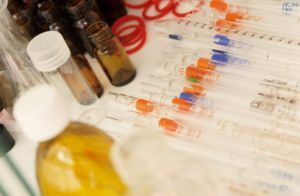
In case of very severe pain, such drugs as kadadolon or finlepsin may be prescribed: usually this is a rather long course of treatment, in parallel with which the patient should also use antidepressant medications prescribed by the doctor.
At the same time blockade of the affected node can be carried out.
Additional methods of
There are other methods for treating ganglionitis:
- hydrogen sulphide baths;
- therapeutic mud;
- ultrasound and physiotherapy.
Possible complications of
The disorder in some cases may itself be a complication.
For example - in women, this disease is often triggered by the onset of inflammatory processes of the reproductive system.
But ganglionitis can also have serious consequences.
In this case, the most unpleasant symptom is kasualgic pain. Such painful sensations are pronounced, and they are amplified many times when touched, but they can temporarily retreat when immersing the diseased limbs in water or wrapping them with a wet rag.
Sometimes these pains persist for a long period, up to several years.
Very rarely in the lesion area peripheral paresis of muscles can be observed, when their motor functions deteriorate.
Zoster myelitis and encephalitis can also be attributed to complications after illness.
 In consequence of the defeat of a large number of nerves, Guillain-Barre syndrome occurs. Therapy of the disease is difficult, but possible.
In consequence of the defeat of a large number of nerves, Guillain-Barre syndrome occurs. Therapy of the disease is difficult, but possible. Serous meningitis in children - can be a serious problem if in time to identify its symptoms and not start treatment.
How to prevent the development of the disease?
Prevention of such a disease as ganglionitis is done only taking into account the primary factors of the developing disease, and for a healthy person who is not at risk, such prevention is useless.
When the first signs of the disease appear, the prescribing physician prescribes the prophylactic procedures.
Those who have already experienced the disease, as a measure of preventing recurrence, are prescribed physioprophylaxis( prevention of neurological schizophrenia with artificial and natural physical effects).
Depending on the origin of the disease, the patient may be assigned both primary and secondary physioprophylaxis.
In the first case, the goal of prevention is to increase the effectiveness of the body's defense mechanisms. This includes tempering and ultraviolet irradiation.
Secondary physioprophylaxis is the use of UHF and microwave therapy, aerosol therapy, aeroionotherapy, as well as heat treatment procedures, including treatment with clay, sand and healing mud.

